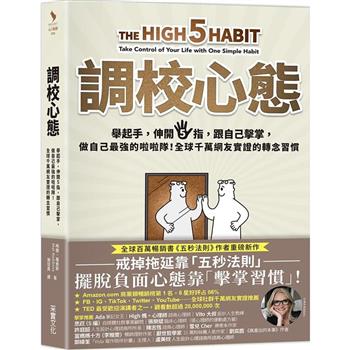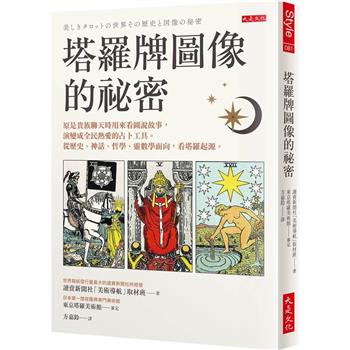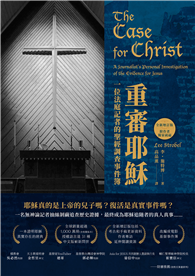Body Impossible theorizes the concept of virtuosity in contemporary dance and performance through a study of the career of dancer Desmond Richardson. A virtuoso for the ages, Richardson is renowned for delivering commanding performances over decades in contexts ranging from the stages of the Alvin Ailey American Dance Theater and Ballett Frankfurt to featured appearances with Michael Jackson and Prince, along with his work as co-founder of Complexions Contemporary Ballet, inaugurating a virtuosic queer black aesthetic with choreographer Dwight Rhoden.
Focusing on Richardson’s creative insistence on improvisatory fun and excellence throughout the decades approaching the millennium (shaped by Reaganism, the Culture Wars, the AIDS epidemic, the New Jim Crow, and MTV), this book brings dance into conversation with paradigms of blackness, queerness, masculinity, and class in order to generate a socioculturally attentive understanding of virtuosity. Virtuosity obscures the border between popular and concert performance, and Richardson’s versatility epitomizes the demands on the contemporary virtuosic dance artist. Author Ariel Osterweis suggests that discourses of virtuosity are linked to connotations of excess, and that an examination of the formal and socio-cultural aspects of virtuosic performance reveals under-recognized heterogeneity in which we detect "vernacular" influences on "high art." In doing so, Body Impossible accounts for the constitutive relationship between disciplined perceptions of virtuosity’s excess and the disciplining of the racialized body in national and transnational contexts.| FindBook |
|
有 1 項符合
body impossible: desmond richardson and the politics of virtuosity的圖書 |
 |
$ 2397 | Body Impossible: Desmond Richardson and the Politics of Virtuosity
作者:Osterweis 出版社:Oxford University Press, USA 出版日期:2024-05-07 語言:英文 規格:平裝 / 240頁 / 普通級/ 初版  看圖書介紹 看圖書介紹
|
|
|
圖書介紹 - 資料來源:博客來 評分:
圖書名稱:Body Impossible: Desmond Richardson and the Politics of Virtuosity
內容簡介
作者簡介
Ariel Osterweis holds a Ph.D. in Performance Studies from the University of California, Berkeley and is on faculty at the California Institute of the Arts. Research interests include embodied performance with a focus on race, gender, and sexuality. Osterweis has worked professionally as a dancer and performer with Complexions Contemporary Ballet, Mia Michaels R.A.W., Heidi Latsky Dance, and Julie Tolentino, and as a dramaturg for John Jasperse and Narcissister.
|











